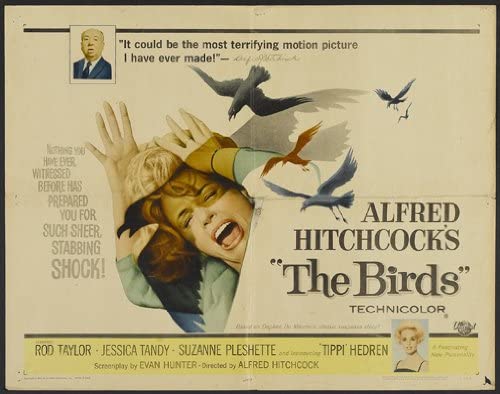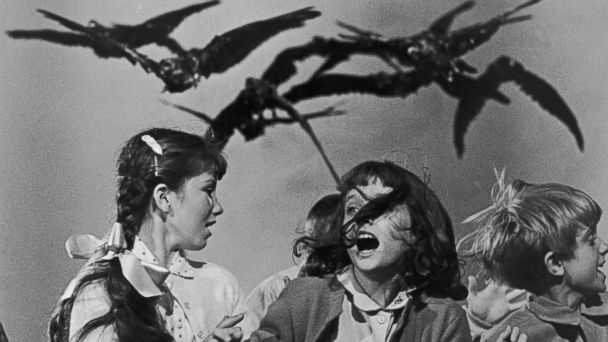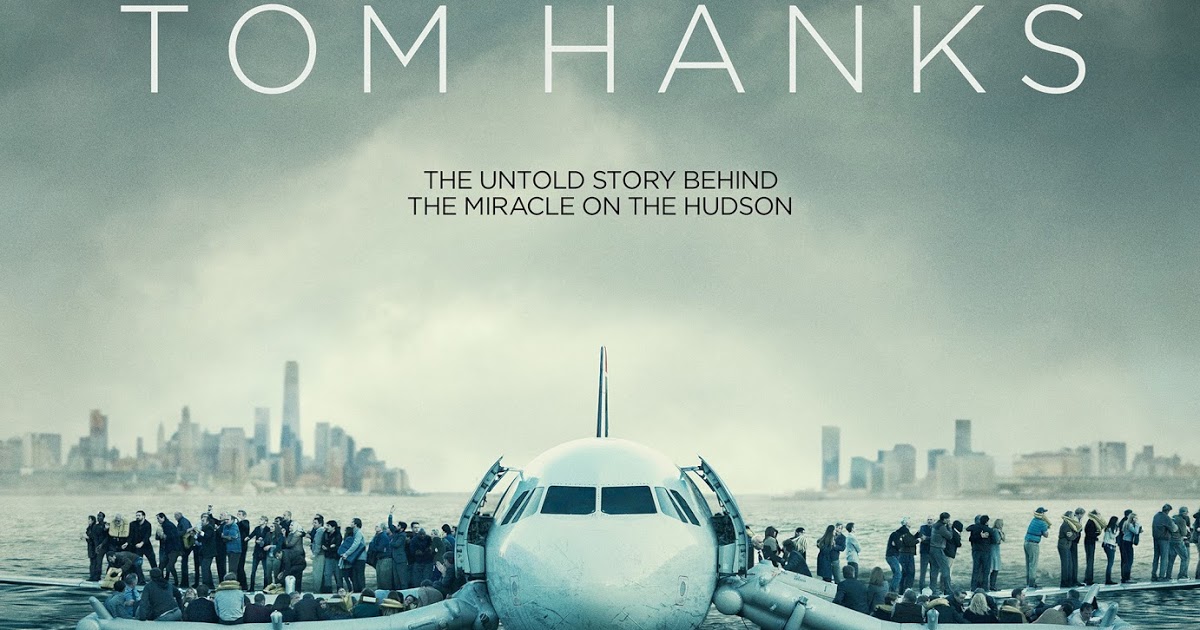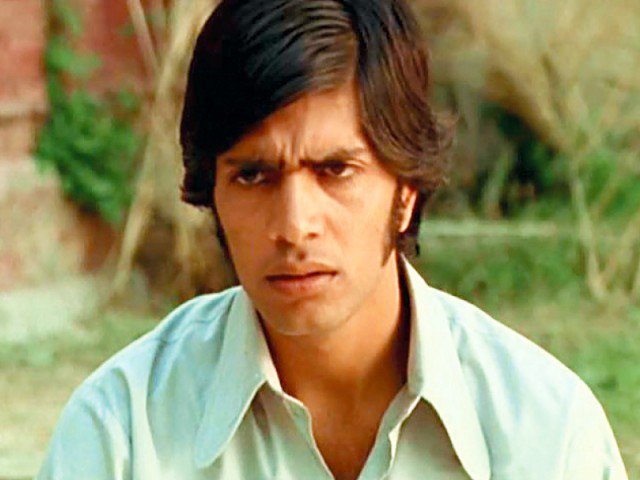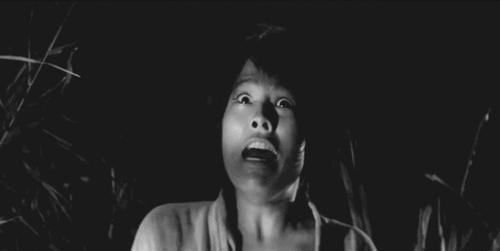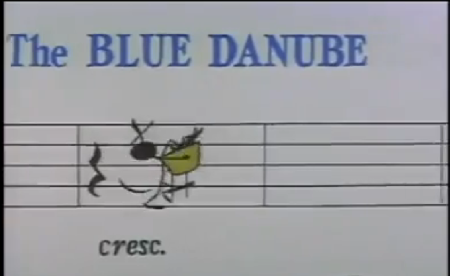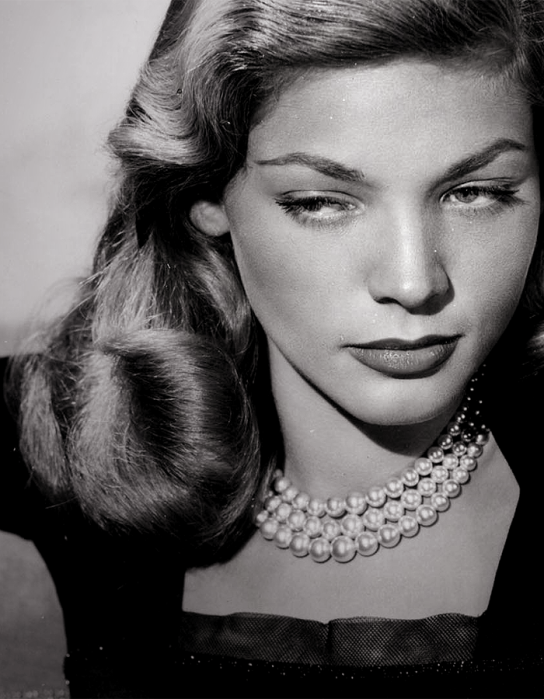Even before I start I can tell you I will ramble on and digress but that is the only way I can write about this movie…
Afghanistan has been in the news for a long time now, but not in the most flattering light. But every now and then a book or a movie pops out that shows a different side of this country.
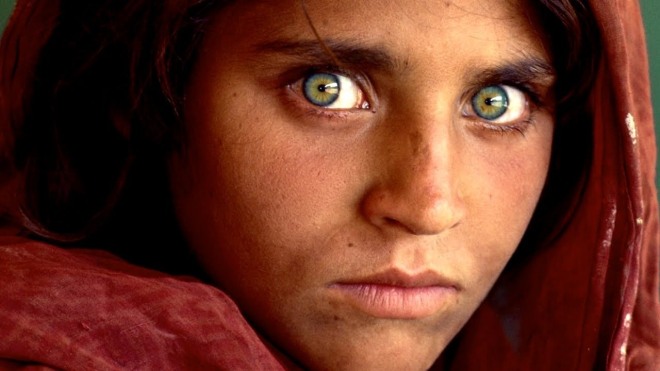
The Afghan Girl, Sharbat Gula, it means essence of the gardens.
Most of us were introduced to Afghanistan by the writer, Khalid Hosseini. Who knew this strategically placed country had such a rich history? Probably my ignorance in not knowing this. Odd because India’s connection with Afghanistan goes back to antiquity. It even gets featured in India’s epic, Mahabharata. So it is odd that this country feels so foreign to us.
However, we do share other ways of kinship, the Afghanis love Bollywood (oh and by the way at least two superstars of Bollywood, Shahrukh Khan and Salman Khan, can trace their lineage back to the Pathans,) and we seem to enjoy whenever we spot a word that is common between Urdu and Pashto. (Urdu is a language that was formed in the Mughal capital of Delhi as a hybrid of Turkish, Persian and Hindi, and the languages of Afghanistan, Pashto and Dari, are a dialect of Persian.)
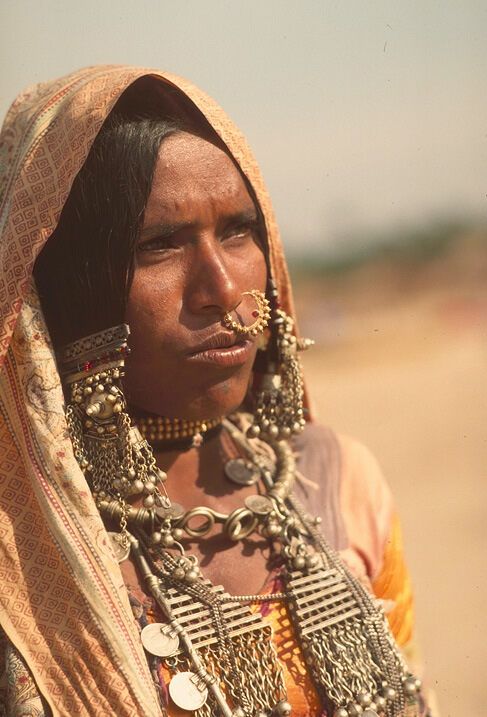
The Banjara tribes, mostly seen working as street vendors in big cities, are said to be Afghani in origin.
Coming back to Hosseini’s book, it got me hooked and I wanted to know more about the culture. And as the world’s attention and curiosity remained focussed on the region we realised there was more to discover.
And in 2003 came a movie called Osama and although the name Osama, was quite known it was not a very beloved name. So when a filmmaker decides to call his movie, Osama, it is hardly accidental. But as much as the name is internationally known, the emotions that the film explores are thoroughly for the sake of an internal dialogue.

Osama is a movie about the trials and tribulations of a girl who has to live as a boy to support her family during the reign of Taliban in Afghanistan.
This movie made by Afghani director, Siddik Barmak in 2003 was an act resilience in itself. While he was growing up Barmak lead a comfortable life. However, his interest in filmmaking soon got him in trouble in the conservative background of his country. He also joined the group to rebel against Soviet occupation öf their land. But as luck would have it he was offered a scholarship in filmmaking by the University of Moscow and he made the pragmatic choice to accept it. When he returned the enemies had changed they were now homebred. He returned in 2002 after the fall of Taliban. But still the situation remained unchanged and artistic freedom was far more than welcome. It was in such an atmosphere that Barmak decided to make his movie. While Barmak was persistent in getting the funds from international sources yet, to tell the story he wanted the actors to be from his country.

Siddiq Barmak’s Osama wins Best Foreign Language Film at the Golden Globes
We all know at least one person who has been through so much in life and they continue to go about their lives as if nothing had happened. We might feel like shaking them up and telling them how brave they have been and how much respect they deserve. Perhaps this is the feeling Barmak had when he made the movie. In an interview he said that the only way his people could see their struggles reflected is through an audio-visual medium because his people cannot read or write. And what a wonderful catharsis cinema can be! It is very clear that the movie is an attempt at introspection, an imploration, a dialogue within the community…
The girl who was chosen to play Osama was a girl, Marina Golbahari, Barmak found her begging outside a theatre (the theatre where he watched his first movie and worked as a projectionist). He was certain her own experience of being out there in those circumstances where women couldn’t get out of their houses alone with or without a veil and regardless of their age, would help her with the role. And it does!
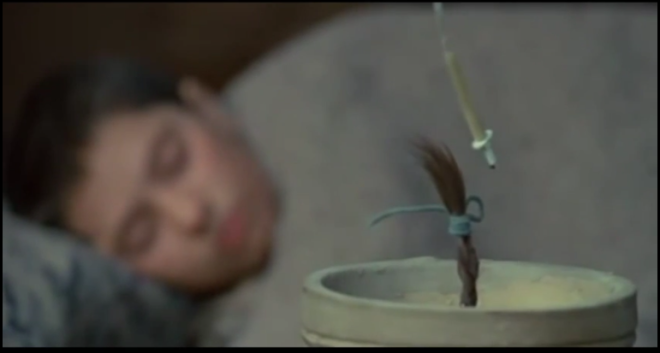
Osama’s pigtails planted in a pot
A girl barely out of her childhood and without any understanding of womenhood observes in silence the continued tug of war of gender around her. Ultimately circumstances force her to live as a boy. One would think that being dressed as a boy would liberate this girl at least in such a society. But she never for a moment assumes the role. She keeps her cut off pigtails planted in a pot it becomes a symbol of her womenhood growing despite all acts of camouflage.
What happens perhaps in utter adversity is that people become impervious as can be seen happening with her mother who has to let her daughter search ways to earn her livelihood. She also remains absent when her daughter is forced to take shelter in a religious school called a madrassa and the person whom she entrusted her daughter leaves the country. Osama’s fate runs through various ups and downs. There is a semblance of a friendship with a boy, Espandi, but even that doesn’t entirely grow into anything. We expect an act of rebel from her side but this unfolding should be watched to be fully appreciated.

We talk about the East-West divide, yet the East is so fragmented and varied that there cannot be a single narrative that encompasses all. Of course the feelings of being trapped, shamed or abused are universal but the voices in which they will be told will be different. The voice of Osama is a pessimistic one. Despite all elements of life put together like friendship or mutual human compassion, there is a despair and this is reflected in its ending. Did Barmak try to put elements of positivity? Yes, but they are dispersed and shortlived in this gritty, realistic tale.

